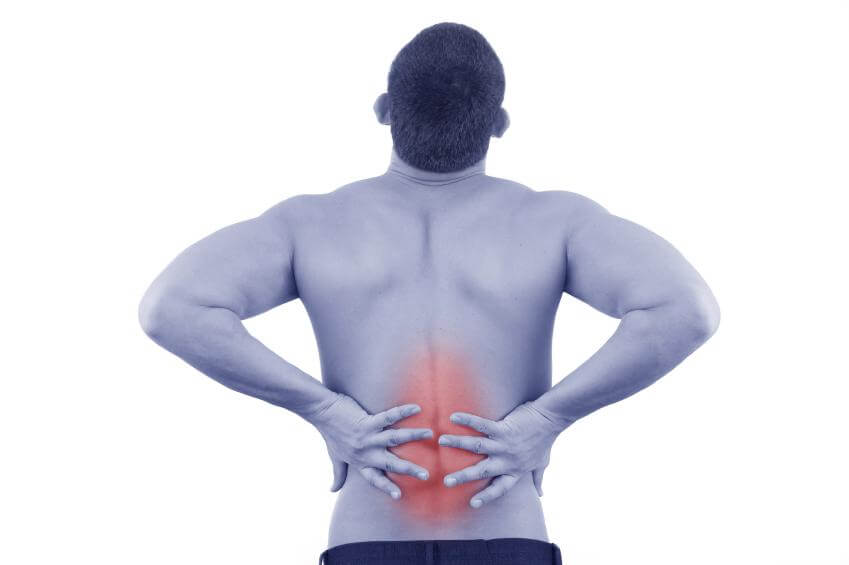
Around 80% – 90% of doctor visits in the US report low back pain as the main complaint and reason for their visits. According to the National Institute of Neurological Disorders and Stroke, low back pain is also the most common cause of job-related disability worldwide. Most people have experienced low back pain at least once in their lifetime.
People between the ages of 30 and 50 are most likely to experience back pain. This is due to the body changes occurring in the process of aging. As you grow older, the fluids in between your bones, surrounding the cartilage, and spinal vertebrae will gradually decrease over time. This exposes your bones and other surrounding structure to get irritated during repetitive motion. Loss of muscle tone during aging can also contribute to back injury. This is why regular exercise is important in maintaining the muscle mass at your back.
Fortunately, you can take preventive measures to avoid or reduce low back pain. The primary thing to consider is to first know its causes. Here are the 3 most common causes of low back pain:
The muscles and ligaments at your back can stretch and strain during sudden movements or excessive activity. You will feel the following symptoms when you are experiencing muscle or ligament strain:
You need to rest and undergo physical therapy to reduce the symptoms of strains.
Your spinal cord has a strong ligament intervertebral disc that acts as a cushion to prevent your spinal vertebrae from rubbing each other. When this intervertebral disc receives sudden or too much pressure, it ruptures or tears anywhere in the disc. This can be very painful since it carries in itself a network of nerves.
If the materials in the intervertebral disc squeeze out and affect the spinal nerves, this can create severe pain on the pinched nerve pathways. Depending upon the severity of the dis injury, the pain may last for several days to months or even years.
Spinal stenosis is the narrowing of the spinal spaces that is commonly a result of wear and tear over the years. For some cases, spinal stenosis is greatly associated with the development of osteoarthritis of the spine. The narrowing of spinal spaces can put pressure on the nerves that that travel through the spine. The common symptoms of Spinal stenosis are the following:
The symptoms may worsen over time.
Other conditions that cause lower back pain are the following:
The doctor will conduct a physical exam to test which part of your body is affected. He will test your reflexes and range of motion to determine if the pain is affecting your movement. The doctor will also test certain sensory areas to rule out nerve malfunctions.
Imaging tests such as X-rays, CT-scans, and MRI’s are helpful in checking out for bone problems, and problems involving discs, tendons, and ligaments. To rule out problems with your nerves, your doctor will request an Electromyography Test (EMG) to see if your nerves need some medication or therapy.
For the first 72 hours after pain onset, you can resort to home remedies in alleviating the pain.
When lying down, lie down on your side with your legs bent with a rolled towel between your legs to relieve pressure and pain from your back.
Ice can be initially used to calm the area if inflammation exists.
A warm bath or back massage can be helpful in relaxing stiff and strained muscles in your back.
If the pain doesn’t subside in 48-72 hours, you need to set an appointment with your doctor.
Sources: